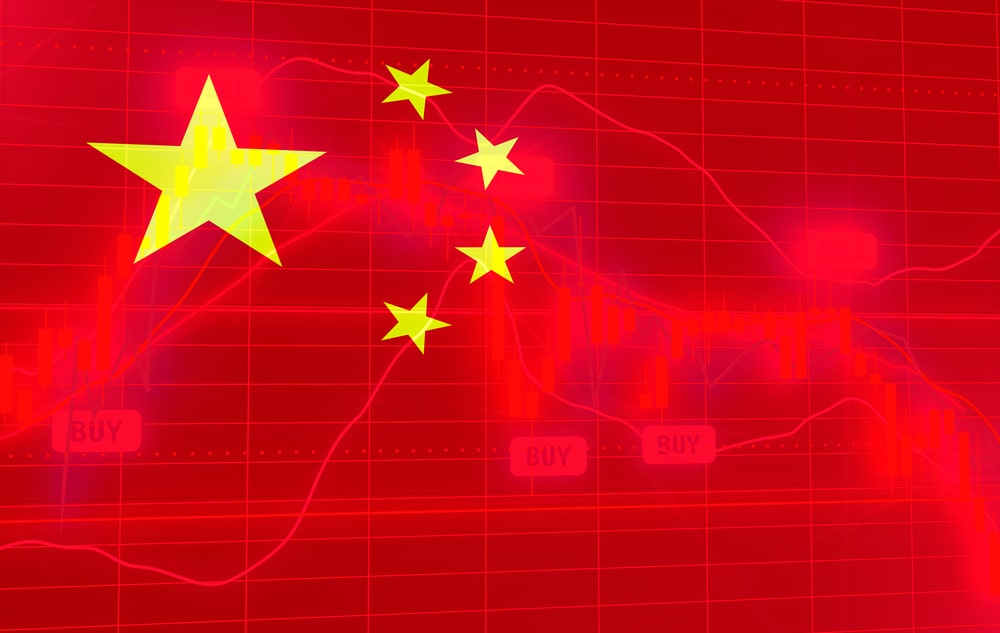
China | Economics & Growth | Emerging Markets

China | Economics & Growth | Emerging Markets
We published a note on how to track Chinese growth in real time using financial and commodity market prices. In these weekly reports, we update the indicators to help us track growth.
We published a note on how to track Chinese growth in real time using financial and commodity market prices. In these weekly reports, we update the indicators to help us track growth.
and enjoy exclusive professional features such as in-depth analysis, insightful op-eds, and more.
Already have Macro Hive Professional account? Log in
Spring sale - Prime Membership only £3 for 3 months! Get trade ideas and macro insights now
Your subscription has been successfully canceled.
Discount Applied - Your subscription has now updated with Coupon and from next payment Discount will be applied.